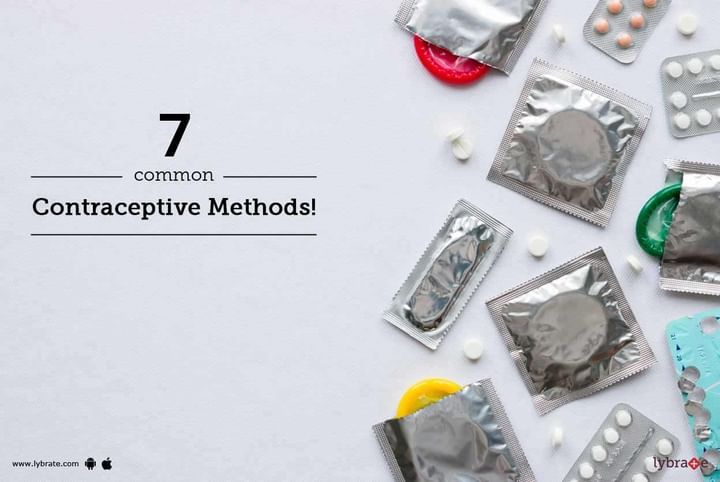Get the App
For Doctors
Login/Sign-up
Last Updated: Apr 22, 2021
BookMark
Report
7 Common Contraceptive Methods!
Dr. Ruchi Rai AhujaGynaecologist • 27 Years Exp.PhD (Breast Diseases), MD - Obstetrtics & Gynaecology, MBBS
Contraceptive methods of birth control are usually quite successful. By these methods, you can enjoy your sex without the worry of pregnancy. Modern technology has led to the formulation of avid techniques of contraception; some are temporary and the others permanent. However, no matter how well these methods work, almost all of them have got a variety of side effects on your body and health.
Here is a list of different modes of contraception and the side effects they may cause:
- Intra Uterine Device: A device is fitted into the uterus, which does not cause pregnancy. An effective method with the following side effects:
- There is a risk of the device falling off.
- This causes puncture in the uterus.
- The device made of copper may lead to menstrual cramps and spotting.
- Depo Provera Hormonal Injection: This mode of contraception involves taking an injection, which restricts pregnancy for a period of three months. The side effects are:
- Birth Control Pills: Birth control pills are one of the most common and most effective ways of birth control or contraception. However, several side effects may be observed.
- Condoms: Effective condoms are made of latex or polyurethane. Unrolled, condoms look like long, thin balloons. They prevent body fluids from mixing when two people have sex. The condom is put onto the penis before the penis comes into contact with the vagina, mouth, or anus. General Tips:
- Use a water based lubricant to decrease the chance of the condom breaking.
- To decrease the chance of the condom slipping down the penis or falling off inside the vagina, pull the penis out of the vagina right after ejaculation.
- Hold the rim of the condom onto the shaft of the penis during withdrawal.
- Never use more than one condom at a time.
- Never re-use a condom.
- Vaginal Ring: Mode of contraception is very effective. It also helps in making menstrual periods of women much lighter and in continuity. The side effects are:
- May cause nausea and headache.
- There is a vast increase in appetite
- There is a risk of blood clot formation.
- Diaphragm: A very successful mode of contraception where a diaphragm is inserted and fitted into the vagina. The negatives of this mode are:
- It may get out of place during sex and is likely to cause damage
- The process can be a mess
- Causes urinary infections
- Hormonal implants: This long term method of birth control is an effective one. The side effects are:
All modes of contraception irrespective of their effectiveness have got some side effects on your health. Hence, you must choose them wisely. If you wish to discuss about any specific problem, you can consult a gynaecologist and ask a free question.



+1.svg)
